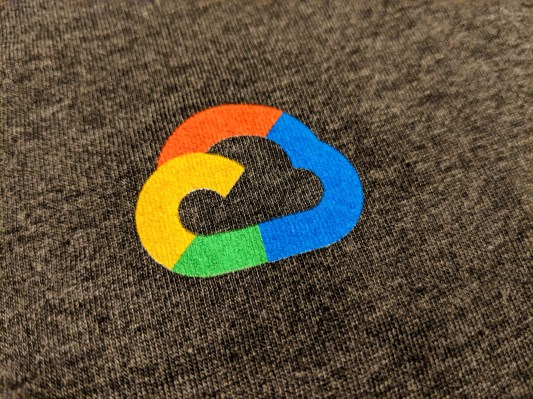This week at the 2022 NAB Show Streaming Summit, Google launched in general availability Media CDN, a platform for delivering content using the same infrastructure that powers YouTube. With a presence in over 1,300 cities across 200 countries, Google says that Media CDN is designed to — in the company’s words — “automate all facets” of “serving content [close to users].”
The pandemic led to an explosion in demand for streaming content as business closures and shelter-in-place orders forced folks to stay home. According to The Global Internet Phenomena Report, streaming video accounted for 53.7% of internet bandwidth traffic — up by 4.8% from a year ago. Companies selling access to content delivery networks (CDNs) — groups of servers designed to speed up the delivery of web content — benefited enormously. By one estimate, CDN revenue grew 7% in 2020, to $4.45 billion.
Media CDN, which joins Google’s CDN portfolio for web and API acceleration, is by no stretch of the imagination the first of its kind. There’s plenty of CDNs optimized to serve media. But Google touts ostensibly unique benefits like delivery protocols tailored to individual users and network conditions and “industry-leading” offload rates.
“With multiple tiers of caching, we minimize calls to origin — even for infrequently accessed content,” Google VP Shailesh Shukla wrote in a blog post yesterday. “This alleviates performance or capacity stress in the content origin and saves costs.”
Media CDN also features tools for ad insertion, allowing customers to dynamically inject video content with ads. Moreover, the service is “built with AI/ML” to power interactive experiences, Google says, like real-time stats during sporting events and purchase links embedded in virtual billboards.
“Media CDN offers comprehensive APIs and automation tools … Detailed, pre-aggregated metrics and playback tracing make it easy to diagnose performance across the entire infrastructure stack,” Shukla continued. “Real-time visibility is provided via Google Cloud’s operations suite.”
Google is a small fish in a big pond when it comes to the market for CDN services. In 2019, IDC estimated that Akamai controlled 42% of the CDN market. After Akamai, ChinaNet Center held 13% of the market that year, while Verizon had about 5%.
But Eric Schmitt, a senior research director at Gartner, says that Media CDN sets the stage to substantially expand Google’s dominance of streaming video and web advertising.
“Media CDN marks a further expansion of the [Google parent company] Alphabet empire, in this instance by commercializing the pipes that YouTube uses to deliver streaming video,” Schmitt told TechCrunch via email. “TV and video content providers that choose to build on Google’s Media CDN technology can expect top notch scalability. On the flip side, prospective customers must weigh the risks of becoming technically dependent on Google for advertising delivery, and ultimately perhaps even commercially dependent on it for ad sales and measurement, as Google builds out linkages between its cloud offerings and its advertising software products.”
If that prediction turns out to be true, Media CDN could bolster a cloud division that’s so far struggled to turn a profit. In its most recent earnings report, Alphabet reported that Google Cloud — the business unit that Media CDN falls under — grew 43% in Q1 2022 to reach $5.8 billion, but widened its operating losses to $931 million.
